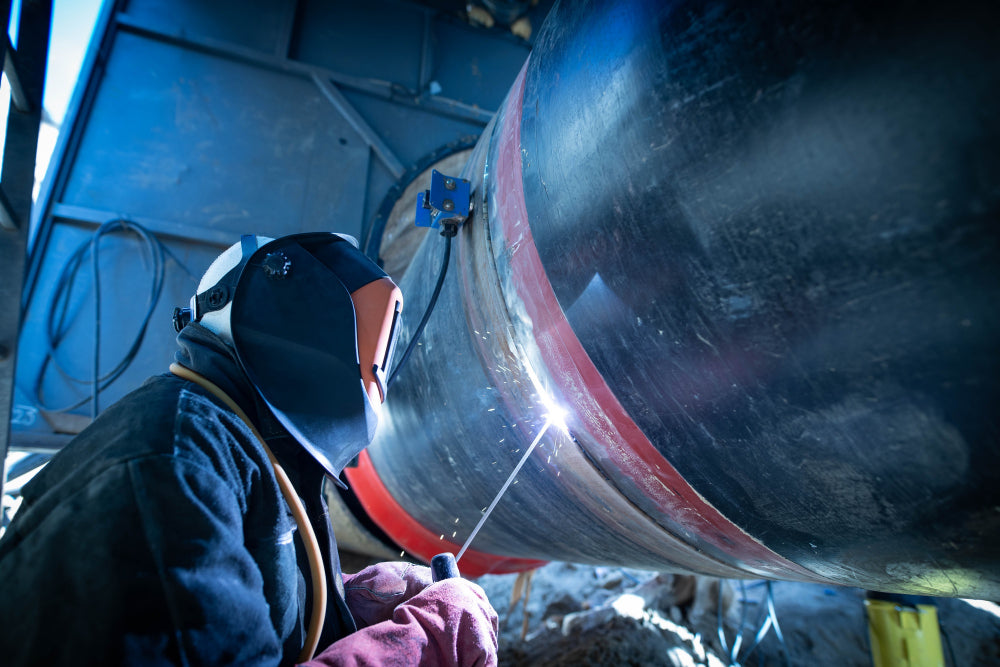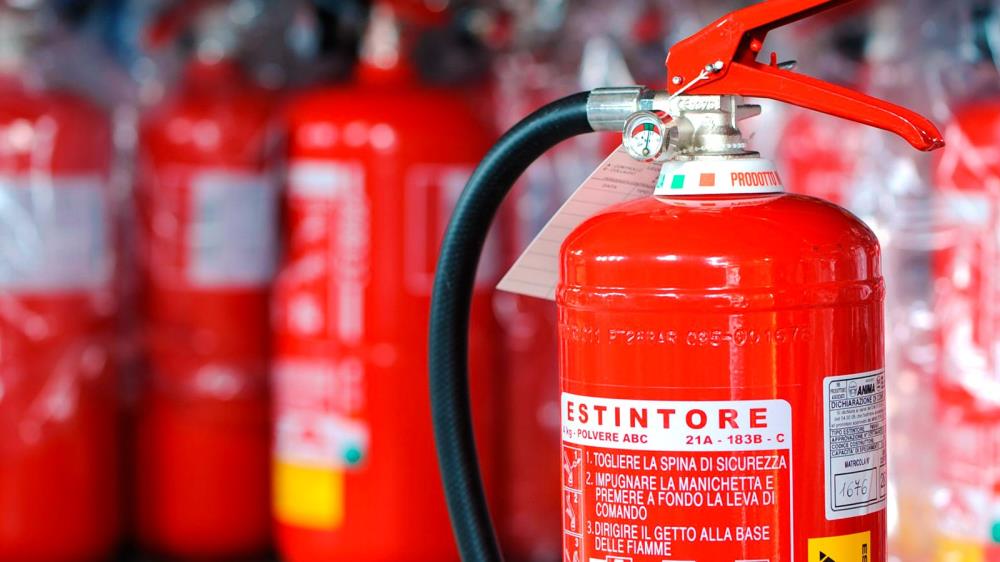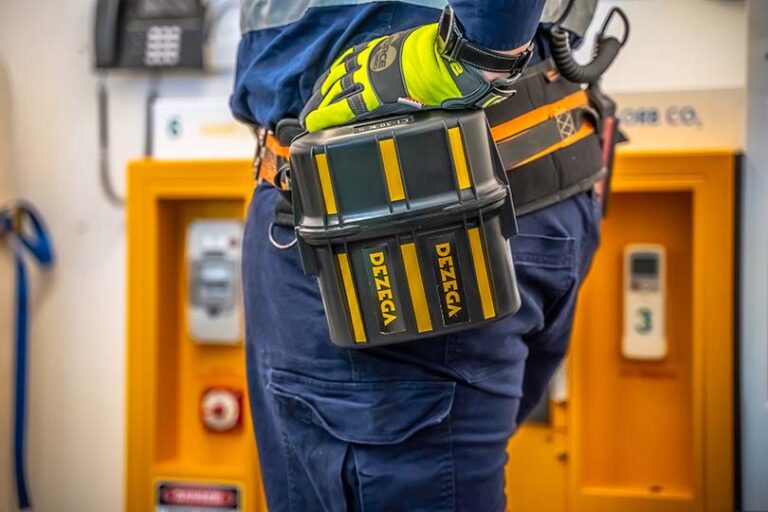We continue a series of articles on types of welding .
Today we in turn have TIG welding. TIG stands for - Tungsten Inert Gas, translated from English: tungsten electrode and inert gas. A tungsten electrode is usually used for this type of welding. It all depends on the metal to be welded.
TIG AC/DC welding easily joins stainless steel, aluminum, carbon steel and a wide variety of other metals. TIG welding has the widest range of applications of all existing types of welding.
Nowadays, TIG welding is most often used to work with aluminum and stainless steels. It is worth noting that the seams resulting from this type of welding look aesthetically beautiful!
Now about the advantages and disadvantages of TIG welding
So, the advantages of TIG welding:
- you can do quite subtle welding work;
- no splashes of molten metal;
- the seams look aesthetically pleasing;
- the best way to weld stainless steel and aluminum;
- parts with very small thicknesses can be welded.
Cons of TIG welding:
- it will be problematic for a beginner to start working with TIG welding;
- welding equipment is quite expensive;
- TIG welding equipment has limited mobility;
- close attention is required to the preparation of the welded surface.









